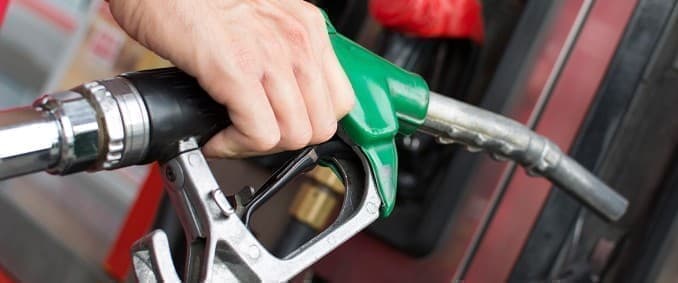Oil prices rallied after touching multi-decade lows in April, but they have been stuck in a narrow trade band for two months now as the pent-up U.S. demand rebound in June has fizzled out with flattening fuel consumption that continues to struggle to reach pre-pandemic levels. Analysts and economists have already largely ruled out the idea of a V-shaped recovery in demand that could drive oil prices up.
WTI Crude prices have lingered in the low $40s since early July in an uncharacteristically low-volatility trade, especially compared to the wild swings in prices earlier this year.
Despite the massive oil production cuts from OPEC and its Russia-led non-OPEC partners to limit supply and the nicely-recovering demand in China, oil consumption in the world’s top petroleum consumer, the United States, is stuck at levels below normal.
COVID-19 related travel restrictions and continued consumer caution in some U.S. states after the resurgence of coronavirus infections have kept U.S. gasoline demand well below year-ago levels in the summer driving season. Gasoline demand had materially improved from the April lows until June, but after that it has been stuck at below 9 million bpd between end-June and mid-August, before rising to 9.161 million bpd in the week to August 21, EIA data shows.
Despite the rise in that week, demand is still off the 9.9-million-bpd seen during the same week last year, suggesting that this summer driving season will end without gasoline demand returning to pre-pandemic levels.
Related: Oil Prices Jump On Major Hurricane-Driven Crude Draw Crude oil inputs at U.S. refineries are still 15 percent lower than they were at this time last year, while refinery capacity utilization was 82.0 percent in the week to August 21 compared to 95.2 percent in same week of 2019, EIA data shows.
Marathon Petroleum’s CEO Mike Hennigan said on the Q2 conference call in early August that the refiner expects the current environment “to stay challenged for some time.”
“And we’re seeing a slow recovery, which is headed in the right direction, but we’re just anticipating that it could take a while to get back to normal,” Hennigan said.
“That last 10% to 15% of lost demand is going to be really hard to get back,” Noah Barrett, an energy analyst for Janus Henderson Investors, told The Wall Street Journal.
The flattening of the gasoline rebound curve doesn’t bode well for the pace of the economic recovery in the United States as fewer people than usual go out and about and spend money on products and services.
Granted, U.S. consumer spending rose by 1.9 percent in July, but uncertainty for August and the next months is high as the $600 weekly supplement to unemployment benefits expired at the end of July.
“The expenditures needed to fuel the economy’s recovery in August are a big question mark given the hit to personal income nationwide with the loss of those $600 weekly unemployment benefit checks,” Chris Rupkey, chief economist at MUFG in New York, told Reuters last week.
Related: OPEC Production Rises By 950,000 Bpd In August
In August, U.S. consumer confidence dipped for a second straight month, and to the lowest point in more than six years, data from The Conference Board showed.
“Consumer spending has rebounded in recent months but increasing concerns amongst consumers about the economic outlook and their financial well-being will likely cause spending to cool in the months ahead,” said Lynn Franco, Senior Director of Economic Indicators at The Conference Board.
More than 200 members of the National Association for Business Economics (NABE) expect a slow recovery from the recession, with almost half the respondents expecting inflation-adjusted gross domestic product (GDP) to remain below Q4 2019 levels until the second half of 2022 or later, according to the August 2020 NABE Economic Policy Survey. A total of 80 percent of panelists indicate there is at least a one-in-four chance of a double-dip recession.
Prospects of slower economic recovery have also weighed on oil prices as lower economic activity in the world’s biggest economy would also mean slower recovery in oil demand. The OPEC+ cuts have stabilized oil prices, but WTI Crude has been struggling for two months to break above the low $40s as fuel consumption recovery, including gasoline consumption and the still very weak jet fuel demand, has leveled off.
By Tsvetana Paraskova for Oilprice.com
More Top Reads From Oilprice.com:
- Kuwait Looks To Ease Dependence On Saudi Arabia With New Oil Development
- Brent Crude Hits 5-Month High On String Of Bullish News
- World’s Largest Oilfield Services Provider Sells U.S. Fracking Business

















